There's nothing quite like watching a well-struck golf shot sail high and straight towards the target, only to watch it curve gently left or right at the last second and land softly onto the green.That, my friends, is a fade - the ball flight of champions.
For the uninitiated, and a right-handed golfer, a fade is a shot that starts out to the left of your target before moving back toward the right side of the fairway or green. For lefties, it's just the opposite. A fade is often compared to a slice because they are both left-to-right shaped shots.
But there's one key difference: a fade is much more controllable and doesn't travel as far off course. For example, when a right-hander hits a tee shot that intentionally moves a few yards left to right, that’s a fade. If that same player were to hit a tee shot that moves uncontrollably offline to the right, that’s a slice.
Why Hit a Fade?
So why would anyone want to hit a fade? For starters, it can be an incredibly effective way to avoid trouble off the tee. If you're playing a hole with trees or water lining the fairway on one side, hitting a fade will keep your ball in play and give you a chance at par or better.
In addition, fades tend to be more accurate than draws (a ball flight that shapes right-to-left for righties and left-to-right for lefties) because the ball does not roll out as much. So if you're looking to hit more fairways, fading the ball may be your best bet. Finally, fades tend to land softer and stop quicker than draws once they hit the green. This makes them ideal for approach shots into greens with tight pin positions.
How to Hit a Fade
Now that we know why you might want to hit a fade, let's take a look at how you can do it. First things first: if you want to hit a fade, you need to make sure your grip is in the correct position. Ideally you want a slightly weaker grip. For righties, this means placing your hands on the club so that the "V" formed by your thumb and forefinger points between your chin and right shoulder and then rotating counter-clockwise. It may help to feel like the club is more in the palm of your left hand versus the fingers. For lefties, simply reverse this grip so that the "V" points between your chin and left shoulder and then rotate your grip a little bit clockwise.
Once you have your grip sorted out, take your stance with your feet shoulder-width apart and weight evenly distributed between them. Make sure your stance or feet are parallel to the target line. And then aim slightly left of your intended target whether that is the flag or a spot on the fairway.
From there, it's all about the clubface. You want it slightly open at impact but not too much. Your swing path should be the same is if you were trying to hit it dead straight.
You can also adjust your swing path to hit a controlled fade. You will want a swing path that is slightly outside to in. Just make sure the out to in swing path is not too extreme and your clubface is square at impact. Otherwise, the result could be a nasty slice.
If you're are more of a visual person, here's a great video featuring Rory McIlroy showing you how to a high fade.
A fade can be an extremely useful shot to have in your arsenal—it can help you avoid trouble off the tee, find more fairways, and stick approach shots close to hole—but it takes practice to master. By following the tips outlined above, you'll be hitting beautiful fades in no time!
If you're looking to turn your big slice into a power fade then you need the right golf ball. See below.
Or, if you're looking to lower your respectable handicap to single digits see below.
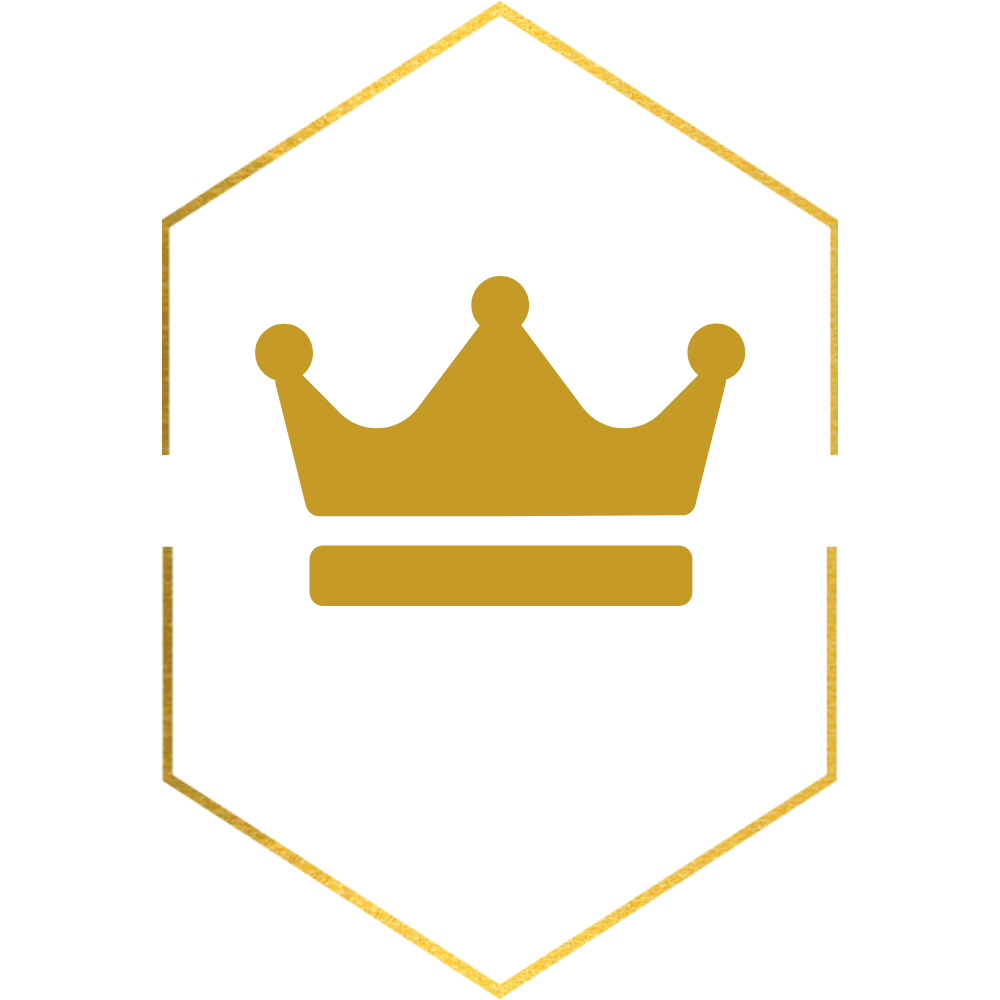

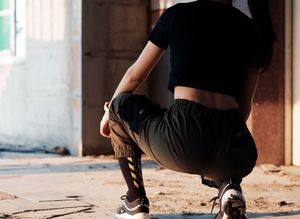


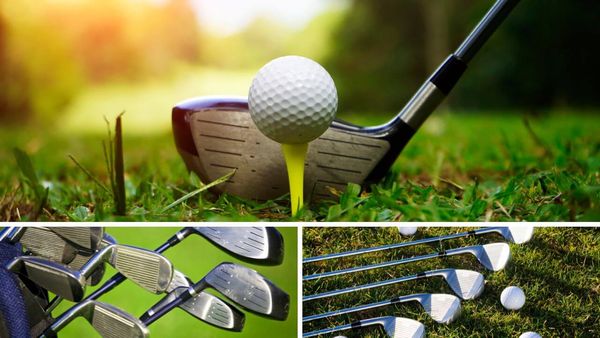
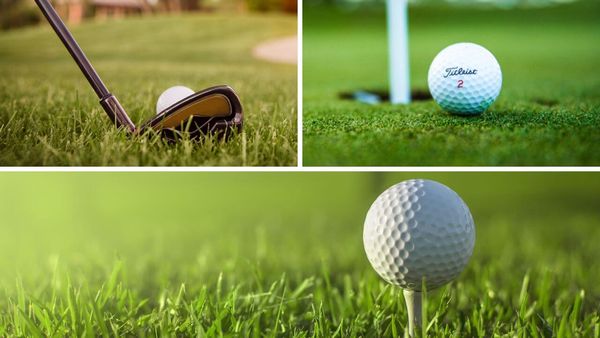
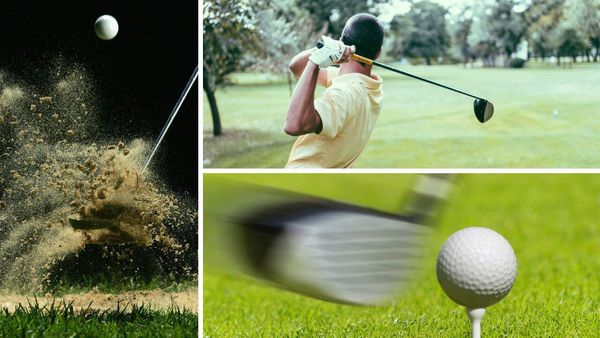
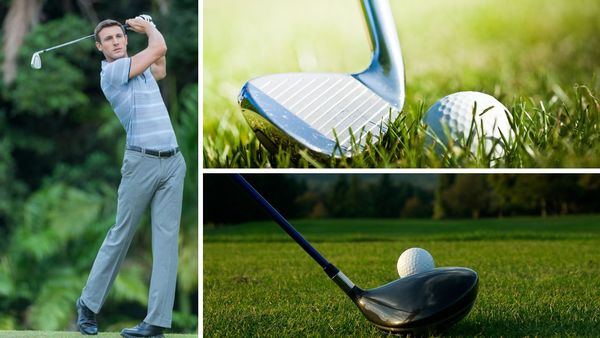
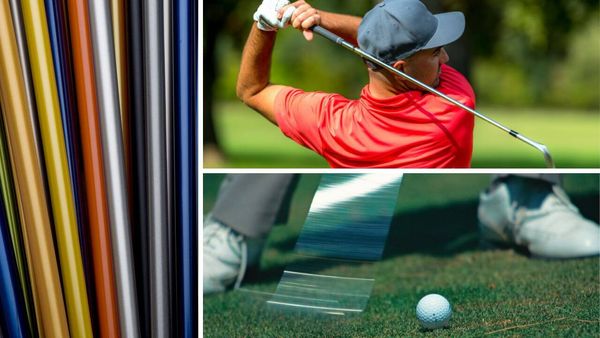
Member discussion